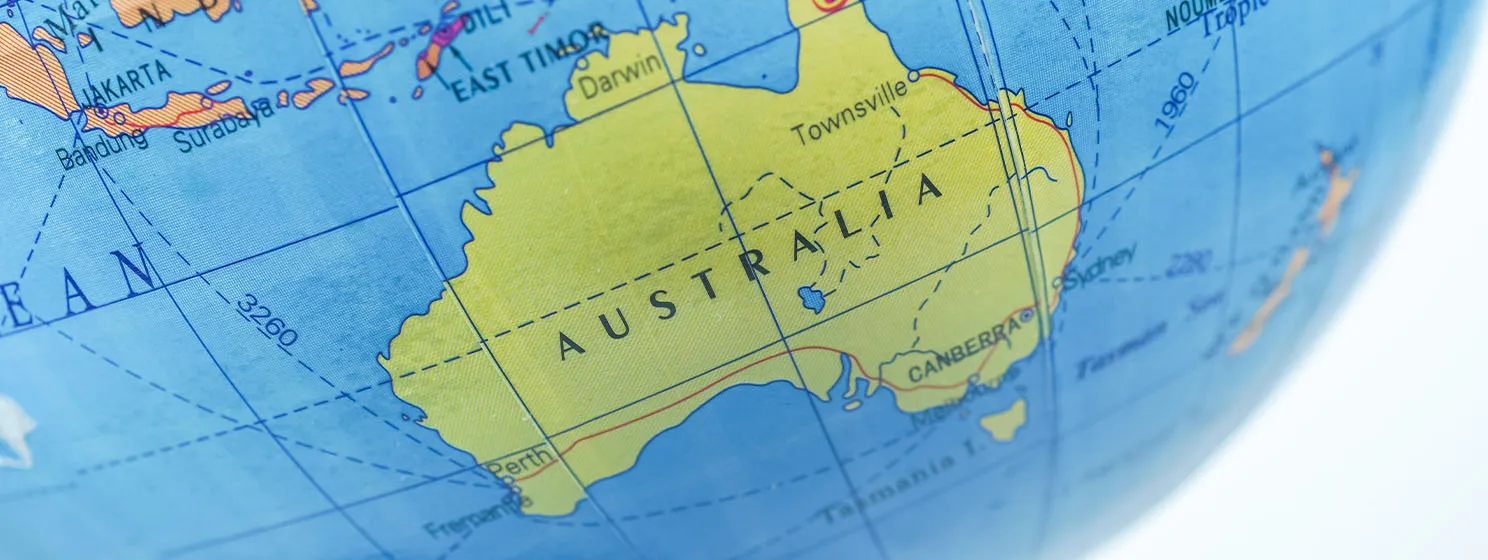|
Getting your Trinity Audio player ready...
|
The Philippines doesn’t need a central bank digital currency (CBDC) right now as the current instant payment systems are working just fine, the country’s Finance Secretary told legislators this week.
Benjamin Diokno appeared before the Senate Finance Committee to discuss the proposed $90 billion national budget for 2023. Diokno, the former governor of the Bangko Sentral ng Pilipinas (BSP), fielded questions about President Ferdinand Marcos Jr.’s economic plans, including some on the proposed digital peso.
In response to a question on whether the Philippines should expect a CBDC any time soon, Diokno stated that adopting a digital peso “would not be worthwhile at this point.”
He believes that the country already has digital payment systems that are working well. He pointed to PesoNet and InstaPay, two electronic funds transfer services that allow real-time payments between banks, e-money issuers, and mobile wallets, as sufficient alternatives to a digital peso.
Diokno confirmed that during his time at the helm of the BSP, the central bank conducted feasibility tests on CBDC issuance. However, the bank decided to pass up on a CBDC and “concluded that [we should first] strengthen PesoNet and InstaPay.”
In addition, the Philippines remains largely cash-reliant, the Finance Secretary claimed. This, he acknowledged, is slowly changing as digital payments take root, but mobile wallets like GCash and Maya are filling that void. Moreover, the country now has six operational digital banks, including Maya, GoTyme, and Tonik Digital Bank, which further serve the digital payments market.
As Diokno shoots down a digital peso, Filipinos have continued to adopt digital assets and blockchain technology at a rapid pace. A recent study showed that 89% of the country’s workforce wants to spend more office time in the metaverse. The study predicted that this transition to the metaverse would be smooth for Filipinos as they have one of the world’s highest Web3 adoption rates through play-to-earn games.
Chainalysis also recently ranked the country second in its 2022 Global Cryptocurrency Adoption Index, only bettered by Vietnam.
To learn more about central bank digital currencies and some of the design decisions that need to be considered when creating and launching it, read nChain’s CBDC playbook.
Watch: The BSV Global Blockchain Convention presentation, CBDCs and BSV

 08-26-2025
08-26-2025 





